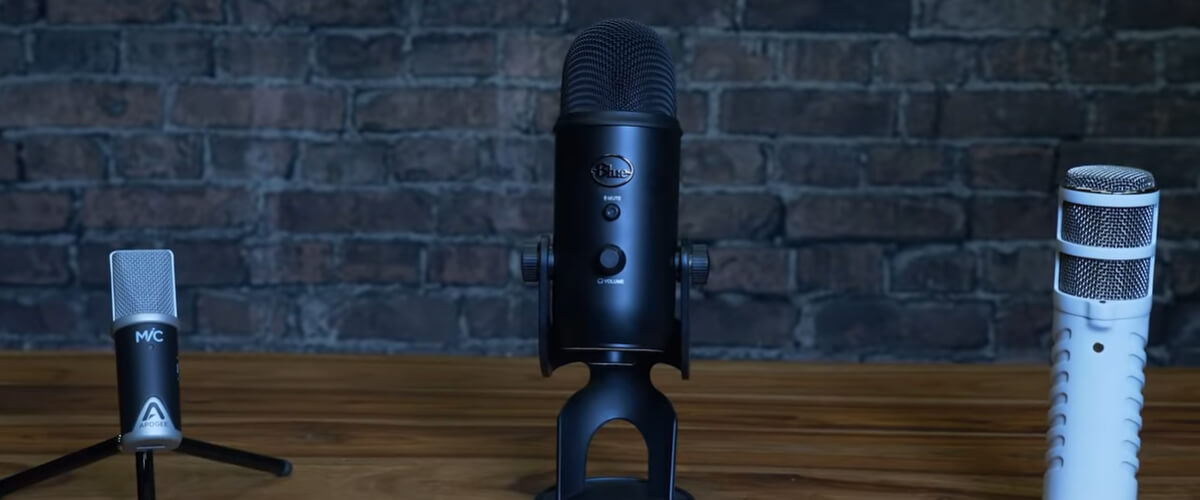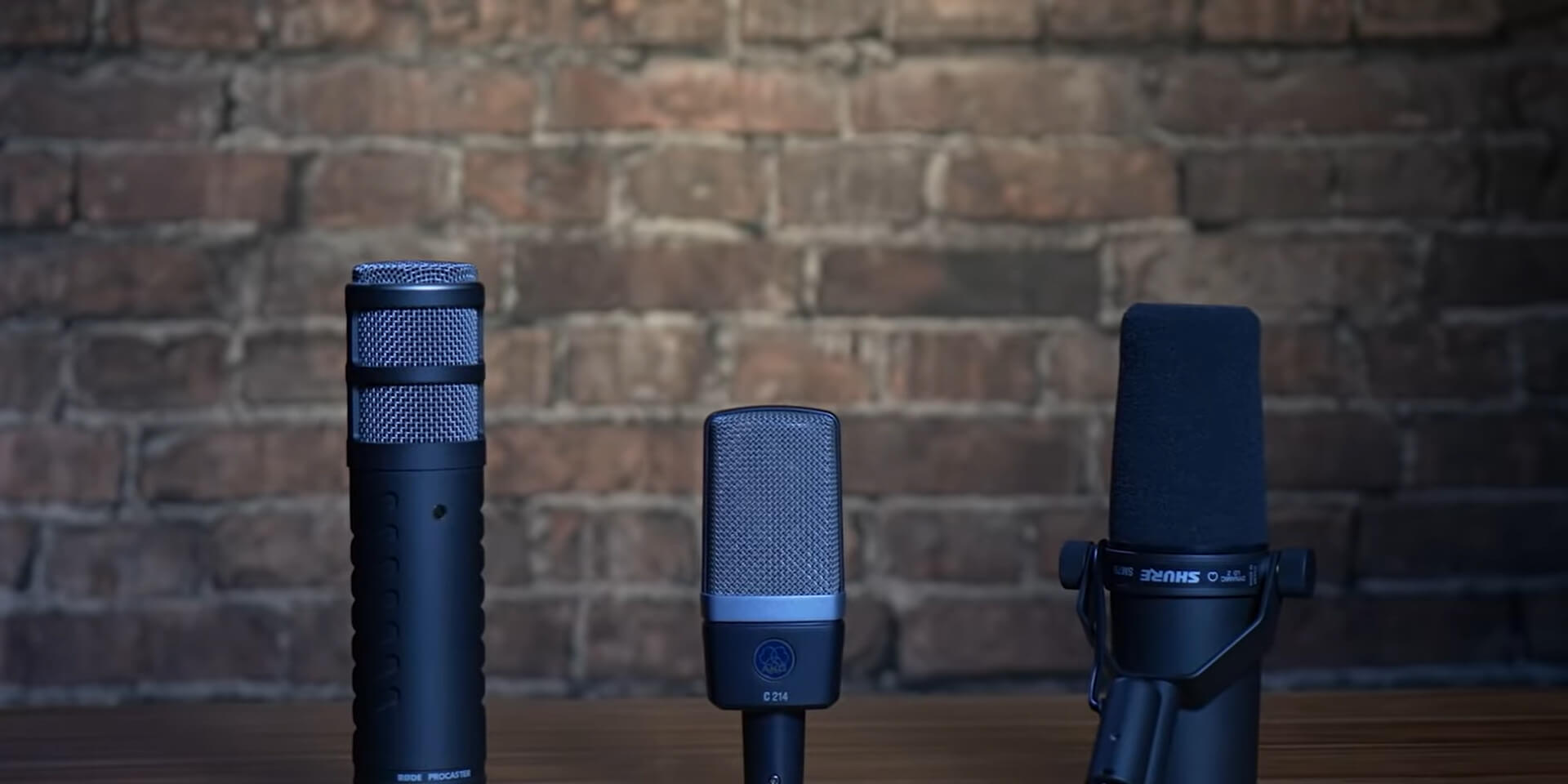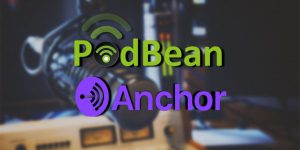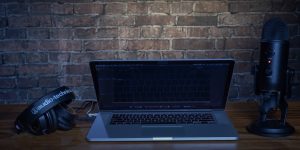When it comes to podcasts, there are a few things to think about when purchasing the appropriate equipment. There are two basic kinds of microphones that you should descry for podcasting: dynamic and condenser microphones. Each of them has its own unique strengths and is well-suited to this type of audio recording, although there are some principal distinctions between them. We will compare and contrast these microphones so that you can decide which one is better for you.
Advantages and disadvantages of dynamic and condenser mic
Dynamic microphones are usually more durable and can withstand more intense handling. They are also less delicate to outside noise, which can be a big advantage if you’re recording in less than ideal conditions. On the downside, dynamic microphones don’t tend to pick up as much detail as condenser microphones and require more power to operate, so you will need to make sure your recording device has enough juice to handle it. Also these microphones are cheaper than condenser microphones.
Condenser microphones are more susceptible to damage and require an external power supply to operate. However, they can capture a wider range of frequencies, which makes them ideal for recording vocal and instrument audio with high fidelity. They are also smaller and more portable, making them ideal for podcasting on the go. With that being said, condenser microphones also tend to be more expensive than dynamic models.

The microphone differences
The microphone is a device that converts sound waves into electrical signals so they may be amplified and recorded. The interaction of a magnet with the diaphragm generates an electrical voltage through vibrations produced by a very thin membrane in response to sound waves.
A transducer is a device that converts one form of energy into another, and “condenser,” “dynamic,” and other varieties of transducers derive their names from such devices.
A dynamic mic is much simpler, using a coil of wire and a magnet to induce the electrical voltage. A condenser microphone uses a transducer that’s based on variable capacitance. What’s important to know is that a condenser is very accurate, fragile, and requires powering to boost the signal.
So, which one is better?
Ultimately, that depends on your individual needs as a podcaster. Both dynamic and condenser microphones have their strengths and weaknesses, so it is important to consider your podcasting environment and the type of content that you’ll be recording when making your choice.
It’s up to you to decide which option of the microphone is optimum for podcasting. Whether you choose a dynamic or condenser model, you can be sure that you’ll be able to create high-quality audio content with the right equipment.
If you are just starting out with podcasting, go for a dynamic one, they tend to be less expensive, and have a more natural sound, which can be beneficial for podcasts that are focused on conversation or interview-style content and require less maintenance than condenser microphones.
But if you are an experienced podcaster who knows exactly which type of microphone you need for your show, it might be worth investing in an optimal condenser microphone so that your content sounds professional and polished. There is no wrong answer when it comes to choosing the right mic for the podcast.

















